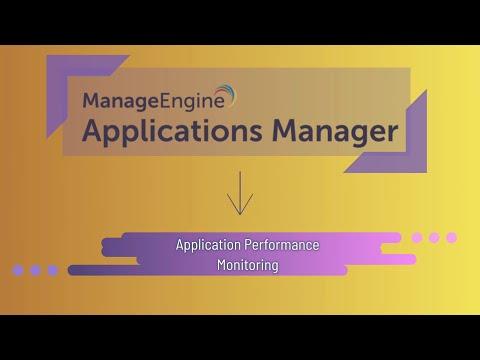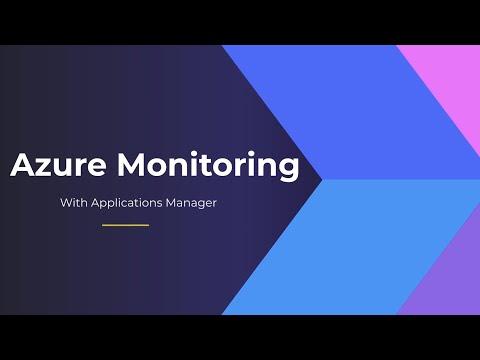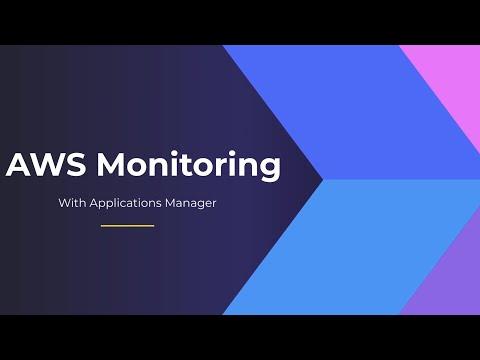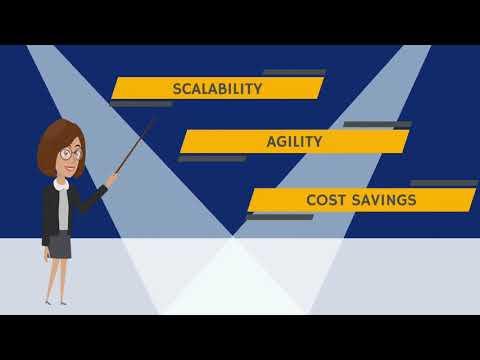A recent story in APMdigest revealed the amount of operational waste enterprises are experiencing as IT devotes significantly more time to performance issues related to digital transformation initiatives. The research study detailed in the story finds that IT professionals are losing over 2 hours every business day, or 522 hours per year. Study respondents noted a more complex technology environment was a leading culprit in these performance issues.
Complex technology isn't going away. In fact, more than likely, digital transformation will continue to add technical complexity. One area that enables enterprises to reduce complexity and streamline operations is their virtual desktop infrastructure (VDI). Virtualization is a linchpin of digital transformation and effectively optimizing an enterprise's VDI is essential to moving forward with digital technologies.
Delivering the best possible VDI performance means taking a fresh look at what "desktop" means today. The endpoint, or desktop, now can be a physical thin client, a software-defined thin client, a traditional laptop, a phone or tablet.
To reduce operational waste and achieve better performance across the desktop environment, consider these five actions:
1. Accommodating Self-Serve Access
Employees should be able to access certain applications without having to contact an IT help desk. Enabling "self-serve" application access, as appropriate, allows employees to access their personal desktop workspaces, and needed applications, without using valuable IT time.
However, there is a flip side to this: IT needs to control how far employees can take self-service. If employees are spending too much time onboarding more advanced applications, and less time being work-productive, then those applications may need to be controlled by IT.
2. Paying Attention to the Edge
Using centralized management software, IT can control and manage edge devices' use of applications residing in the data center.
For example, software managing thin clients can retrieve a user profile and populate the endpoint with applications that a user needs to be productive. This centralized approach can result in the economies of a single IT person managing as many as 30,000 endpoints – a great reduction in IT time and resources.
3. Thinking Software, not Hardware
Enterprises are moving away from endpoint hardware investments to software that supports the pace of digital transformation. Improving endpoint performance means being able to quickly onboard new employees, deliver custom configurations to a remote workforce using a variety of devices, and to quickly populate new applications for ready use. Endpoint software such as thin client firmware is a means of delivering profiles and applications via a single pane of glass, regardless of device.
4. Understanding User Expectations
Your average worker today wants to use many devices, with the expectation the device will deliver what they need to do their job. The "desktop" of today can range from software-driven thin clients to USB devices. Endpoint management must be able to manage all these devices, control application access and mitigate security risk. It is challenging since, for example, there are many versions of Android and iOS in use, with the threat that users are loading up applications that can pose risk to the network.
USB devices pose one solution, freeing the user from physical boundaries, yet delivering the desired level of endpoint security. A new employee, for example, can plug the device into their personal laptop, and securely receive the configuration and applications they need, without IT ever having to touch the device.
Enterprises are searching for these types of solutions that deliver an optimal user experience without adding to operational complexity.
5. Looking at the Bigger Picture
Getting ahead of digital transformation technology needs, and advancements, is critical to winning the digital game. The alternative is never really catching up with technology and being overwhelmed by the complex IT environments that are becoming standard today.
In the study of operational waste, IT professionals said, if they could reclaim those two hours a day, they would spend more time researching and deploying new systems/technologies.
Staying up to speed on virtualization technology is essential to digital transformation succeeding. Companiesmare innovating technology that plays right into the enablement of high VDI performance. Remote display technology that accommodates workers using graphics intensive applications is an example of delivering innovation that users expect. Freeing up IT time to continue to integrate these enhancements in the user experience has to be part of a thorough digital transformation.
Conclusion: Move Digital Transformation Forward with Optimized VDI
Enterprises are grappling with the challenges of digital transformation, from figuring out cloud deployment, data storage, and BYOD security threats to how to deliver an endpoint experience that optimizes performance.
These five actions will help IT deliver VDI performance that supports digital transformation initiatives. Improvements such as enabling workers to be more self-sufficient, and streamlining endpoint management will reduce operational waste, reduce both operational and capital expenditures, and maps to the market trend toward centralized endpoint management software that can accommodate a variety of devices.
Freeing up IT time will allow IT to better plan for more integration of digital technologies which in turn, increases the enterprise's competitive strength. After all, this is the purpose of digital transformation!
The Latest
Over the last 20 years Digital Employee Experience has become a necessity for companies committed to digital transformation and improving IT experiences. In fact, by 2025, more than 50% of IT organizations will use digital employee experience to prioritize and measure digital initiative success ...
While most companies are now deploying cloud-based technologies, the 2024 Secure Cloud Networking Field Report from Aviatrix found that there is a silent struggle to maximize value from those investments. Many of the challenges organizations have faced over the past several years have evolved, but continue today ...
In our latest research, Cisco's The App Attention Index 2023: Beware the Application Generation, 62% of consumers report their expectations for digital experiences are far higher than they were two years ago, and 64% state they are less forgiving of poor digital services than they were just 12 months ago ...
A vast majority (89%) of organizations have rapidly expanded their technology in the past few years and three quarters (76%) say it's brought with it increased "chaos" that they have to manage, according to Situation Report 2024: Managing Technology Chaos from Software AG ...
In 2024 the number one challenge facing IT teams is a lack of skilled workers, and many are turning to automation as an answer, according to IT Trends: 2024 Industry Report ...
Organizations are continuing to embrace multicloud environments and cloud-native architectures to enable rapid transformation and deliver secure innovation. However, despite the speed, scale, and agility enabled by these modern cloud ecosystems, organizations are struggling to manage the explosion of data they create, according to The state of observability 2024: Overcoming complexity through AI-driven analytics and automation strategies, a report from Dynatrace ...
Organizations recognize the value of observability, but only 10% of them are actually practicing full observability of their applications and infrastructure. This is among the key findings from the recently completed Logz.io 2024 Observability Pulse Survey and Report ...
Businesses must adopt a comprehensive Internet Performance Monitoring (IPM) strategy, says Enterprise Management Associates (EMA), a leading IT analyst research firm. This strategy is crucial to bridge the significant observability gap within today's complex IT infrastructures. The recommendation is particularly timely, given that 99% of enterprises are expanding their use of the Internet as a primary connectivity conduit while facing challenges due to the inefficiency of multiple, disjointed monitoring tools, according to Modern Enterprises Must Boost Observability with Internet Performance Monitoring, a new report from EMA and Catchpoint ...
Choosing the right approach is critical with cloud monitoring in hybrid environments. Otherwise, you may drive up costs with features you don’t need and risk diminishing the visibility of your on-premises IT ...






